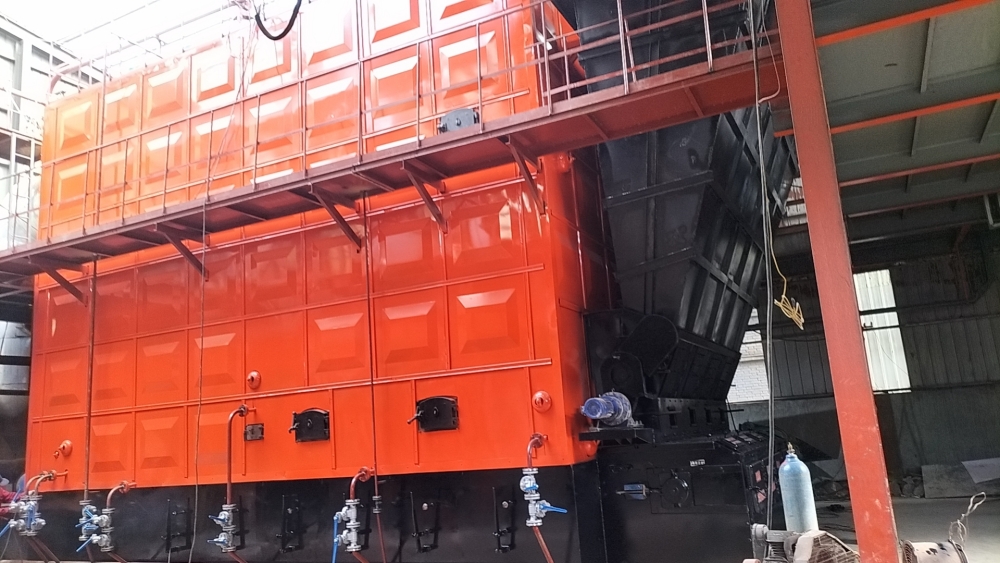
Дек . 17, 2024 03:23 Back to list
temperature setting for boiler
Understanding Temperature Settings for Boilers
Boilers play a critical role in various industries, residential heating, and hot water supply. Proper temperature settings are essential to ensure they operate efficiently, safely, and effectively. This article will delve into the significance of temperature settings for boilers, the factors influencing these settings, and best practices for achieving optimal performance.
Importance of Temperature Settings
The temperature setting of a boiler directly affects its efficiency and safety. A boiler set at too high a temperature can lead to increased fuel consumption, elevating operational costs while also contributing to environmental pollution. Moreover, excessively high temperatures can cause stress on boiler components, leading to premature wear and tear or even catastrophic failures. Conversely, if the temperature is set too low, it may lead to insufficient heating, which can compromise the comfort of spaces being heated and result in potential issues such as water contamination due to insufficient maintenance of the heating system.
Factors Influencing Temperature Settings
1. Type of Boiler Different types of boilers—such as conventional, combi, or condensing boilers—have varying optimal temperature settings. For instance, condensing boilers typically operate most efficiently at lower water temperatures, allowing them to recover more heat from the exhaust gases than conventional boilers.
2. The Application The specific use of the boiler heavily influences temperature settings. Residential heating may require different settings compared to industrial applications where process temperatures can vary significantly based on the material being processed and the respective energy requirements.
3. External Temperature The outdoor temperature is a crucial factor in determining the required water temperature to maintain indoor comfort. During colder months, higher temperatures might be necessary to achieve a comfortable indoor environment, whereas milder weather may require lower settings.
4. Insulation Quality The efficiency of the building’s insulation plays a significant role in determining the required boiler temperature. Well-insulated homes retain heat better, which may allow for lower temperature settings compared to poorly insulated buildings that need higher temperatures to maintain comfort.
5. System Design The design of the heating system, including the size and layout of radiators or underfloor heating, will also affect temperature settings. A well-designed system will distribute heat evenly, potentially allowing for lower boiler settings.
temperature setting for boiler

Best Practices for Setting Boiler Temperatures
1. Consult Manufacturer Guidelines Always refer to the manufacturer’s guidelines regarding optimum temperature settings. These recommendations are based on extensive testing and are essential for ensuring safe operation.
2. Regular Maintenance Regular servicing of boilers by qualified technicians can help identify the most efficient temperature settings. Technicians can also clean and tune the equipment for optimal performance, taking into account specific heating needs and external factors.
3. Use a Programmable Thermostat Installing a programmable thermostat can help regulate temperatures based on the time of day and external conditions, ensuring efficiency and comfort without excessive energy consumption.
4. Monitor System Performance Keep track of the boiler’s performance and efficiency. Regularly check for unusual noises, fluctuations in temperature, or unexpected increases in fuel usage, as these could indicate that adjustments to the temperature setting are needed.
5. Consider Zoning Systems In larger homes or buildings, installing zoning systems can offer better control over separate areas, allowing different temperature settings based on usage, thereby optimizing comfort and efficiency.
6. Heat Loss Calculations Perform heat loss calculations for your space. This will provide insights into how much heat is needed and help set the appropriate boiler temperature to ensure each room reaches the desired temperature effectively.
Conclusion
Optimizing the temperature settings of a boiler is not only about achieving comfort but also about ensuring efficiency and prolonging the lifespan of the boiler. By understanding the factors influencing these settings and adhering to best practices, users can enhance performance while also contributing to energy conservation. Proper temperature management ultimately leads to lower energy bills, reduced environmental impact, and a safer, more comfortable living or working environment. To achieve these goals, it is vital to remain informed and proactive in monitoring and adjusting boiler settings as needed.
-
High-Efficiency Commercial Oil Fired Steam Boiler for Industry
NewsJul.30,2025
-
High-Efficiency Biomass Fired Thermal Oil Boiler Solutions
NewsJul.30,2025
-
High Efficiency Gas Fired Thermal Oil Boiler for Industrial Heating
NewsJul.29,2025
-
High-Efficiency Gas Fired Hot Water Boiler for Sale – Reliable & Affordable
NewsJul.29,2025
-
High Efficiency Biomass Fired Hot Water Boiler for Industrial and Commercial Use
NewsJul.29,2025
-
High-Efficiency Biomass Fired Hot Water Boiler for Industrial Use
NewsJul.28,2025
Related PRODUCTS






















